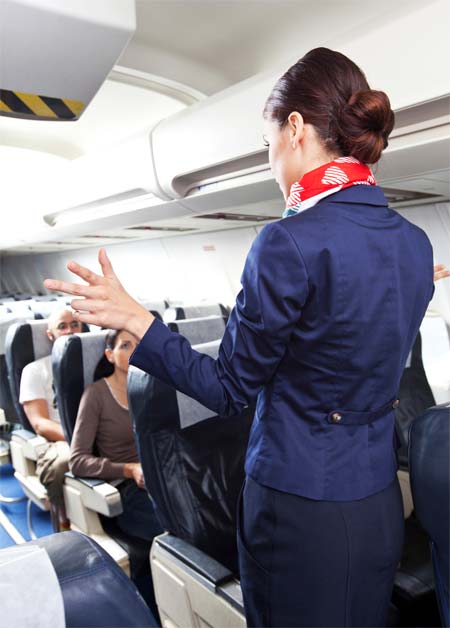
We live in a global village, and Vancouver is a truly international city, boasting Canada’s second largest airport, with 19 million people coming and going each year. International air travel is so commonplace that it’s almost like driving, except if you are in a car accident, you generally know that you will be dealing with ICBC for car accident injury compensation. What happens if you are injured on a flight, or hurt while embarking or disembarking a plane? Who is responsible for damages? The answer isn’t always straightforward.
Rules Governing International Flights
International air travel has long been governed by the Warsaw Convention, which regulates liability for all passengers, baggage and goods, and assigns responsibility for any harm or damage you incur to the airline, but only if they were shown to be negligent. The Warsaw Convention was signed in 1929, and ratified by 157 countries/states. However, in 1999, it was amended by the Montreal Convention, which aimed to streamline the older doctrine and address its liability limits. Among other provisions, the Montreal Convention ensures that damages under a certain amount can be claimed without having to prove negligence on the part of the airline. It also means that in the case of damages above the set amount, the injured person can sue the airline in the country of their principal place of residence, and it removes liability limits in the case of death or injury. It also provides access to advanced payments in order to meet any immediate financial needs. The Montreal Convention has been ratified by 119 countries/states – if your country is not covered by the Montreal Convention, then the Warsaw convention is applied if appropriate.
Air Travel Injuries
Airline injuries or damages initially sound rare, but are more common than you think. International travellers are exposed to a number of dangerous scenarios that can happen during an ordinary flight:
- Falling while embarking or disembarking the plane can result in a sprains, broken bones, or cuts and bruises.
- Turbulences can lead to bags falling on your head, causing a concussion, or head injury.
- Turbulence can also shake passengers around physically, leading to back or spine injuries, or soft-tissue injuries such as whiplash.
- Hot water spills or other service accidents can result in burns
- Food poisoning can stem from an in-flight meal.
- Sharp objects can cause lacerations.
- Air disasters are obviously extraordinary but possible, and they can cause life-threatening injuries or death.
Get Legal Advice Early
No matter what kind of accident befalls you on an international flight, it is in your best interests to work with a personal injury lawyer who understands international aviation coverage as soon as possible, in no small part because there is a strict two year time limit on pursuing damages. As Paul Warnett states, “The airlines have experienced lawyers on their side and you should have one as well.” Don’t hesitate to call Warnett Hallen LLP for advice – we’re here to help. Read more about international airline injuries and personal injury.

